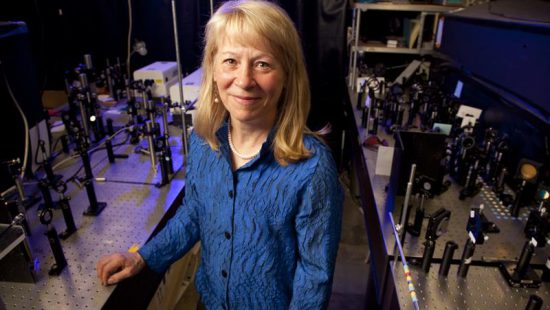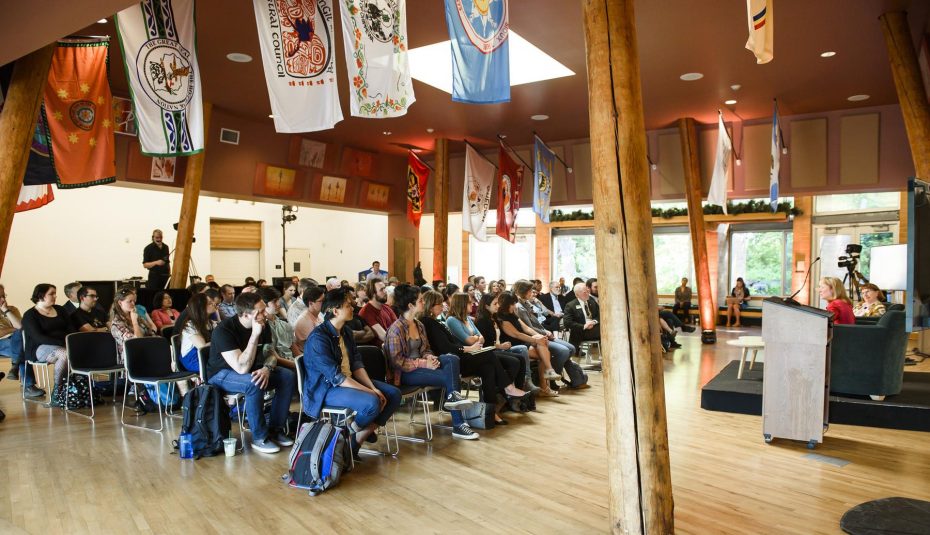F rnAlbert Cotton’s legacy in inorganic chemistry hardly depends on the seminal textbook in the field, Advanced Inorganic Chemistry. Cotton’s legacy is secure in his pioneering research into metal-metal bonds and organometallic chemistry, the numerous students he mentored and the countless colleagues he impressed with his scholarship and work ethic.
Not that the book hurts. Originally published in 1962, Advanced Inorganic Chemistry, which he co-authored with Geoffrey Wilkinson, continues to be the go-to book for students and professional chemists alike.
One of the world’s most celebrated scientists, Cotton has received numerous awards for his work, including the Priestley Medal from the American Chemical Society. He authored more than 1,600 publications during his career.
Born in Philadelphia, Cotton earned his doctorate in inorganic chemistry from Harvard University in 1955. He joined the faculty at the Massachusetts Institute of Technology, where he taught until 1972, when he left for Texas A&M University. At Texas A&M he became the W. T. Doherty-Welch Foundation Chair in the chemistry department.
The university in 1995 started the F.A. Cotton Medal for excellence in chemical research, which it awards annually. Cotton died in 2007.
By Robert Warren






